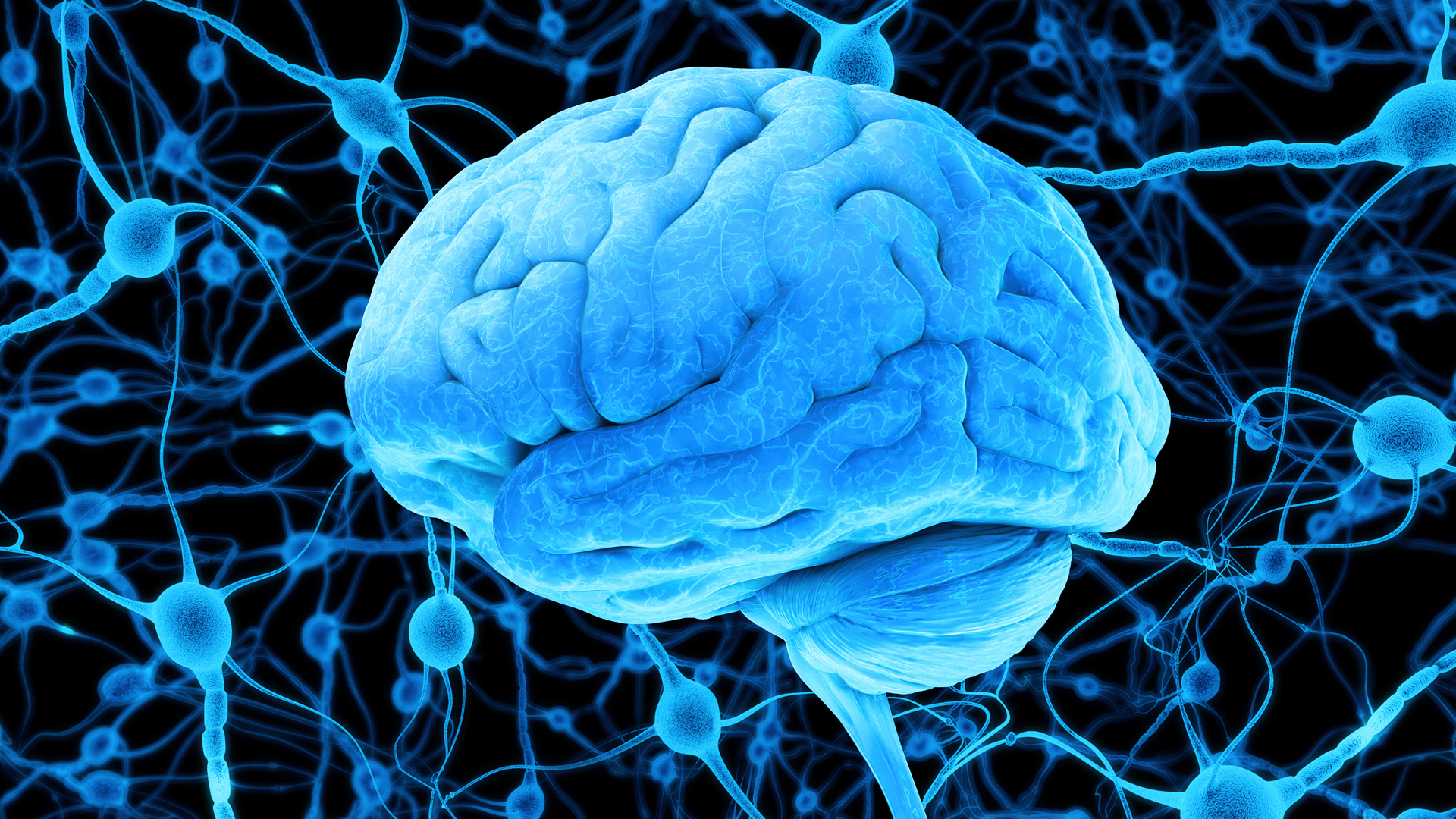Women’s Health Research at Yale today announced funding for three new studies investigating a method for improving the diagnosis of heart disease in women, a therapy for clinically significant sleep disruption common in Black women, and the influence of biological sex on the underlying brain patterns that link pain and opioid use.
“This last year has delivered difficult but important lessons about how sex, gender, race, and ethnicity influence the development and health outcomes of disease as well as the increasing prevalence of certain disorders,” said WHRY Director Carolyn M. Mazure, Ph.D. “With these three new studies, we are taking the next necessary steps toward understanding conditions that continue to have a devastating effect on women and particularly on women of color.”
Each of these new investigations explore far-reaching questions: Can a comprehensive physiology-guided approach improve the precision of evaluation and treatment for women presenting with ischemic heart disease? Can an evidence-based stress reduction regimen reduce insomnia and associated life-threatening diseases for Black women? And: Can a unique understanding of the relationship between biological sex, chronic pain, and opioid use guide the development of improved treatments for opioid use disorder (OUD)?
Heart Disease
This year’s Wendy U. and Thomas C. Naratil Pioneer Award has been granted to Dr. Samit Shah to study women with ischemic heart disease, characterized by reduced blood flow to the heart. Ischemia is frequently caused by a blocked artery, which results in chest pain and other well-recognized symptoms of a heart attack. However, many women with reduced blood flow to the heart do not show “typical” symptoms. When a catheterization procedure is performed — in which a long thin tube is threaded through blood vessels to the heart — these women often do not have blocked arteries or cholesterol build-up that that is usually associated with heart disease. This study will focus on women with reduced blood flow to the heart who do not have significant blockages in the blood vessels. The focus of this work will be to improve the diagnostic value of invasive heart catheterizations so we can better assess all forms of heart disease in women.
Under the current standard for diagnosis of ischemic heart disease, women receive the same evaluation performed on men. Known as coronary angiography, this invasive procedure uses contrast dye and X-rays designed to detect cholesterol build-up, called plaque, that blocks blood flow supplying oxygen to the heart. However, about 50 percent of women who suffer from ischemic heart disease do not have significant coronary artery disease with such plaque buildup. Instead, these women might experience a problem with the small blood vessels or spasms that can suddenly narrow an artery. Such conditions cannot be diagnosed with routine coronary angiography.
“With the current diagnostic standard, symptomatic women may be told that there is nothing wrong or that they should feel reassured that there isn’t a more serious problem,” said Shah, an interventional cardiologist at Yale School of Medicine. “But these patients suffer from a poor prognosis with persistent symptoms. Better understanding of the underlying disease process would set the foundation for improved patient communication and the development of targeted therapies.”
Technological advances now allow cardiologists to safely and effectively diagnose abnormalities in the functioning of the heart that often drive symptoms of heart disease in women. However, these tests are not widely used because they require increased time and expertise, and providers are not sure if extra testing is better than trial and error with different medications.
Dr. Shah’s team will study 100 women over two years who are referred for coronary angiography to Yale New Haven Hospital. They will evaluate the real-world diagnostic benefit of validated, but not-widely used physiological tests to determine coronary artery pressure and flow for women with ischemia but who show no evidence of obstructive coronary artery disease by comparing the outcomes with women receiving standard care for the same diagnosis. The researchers will also compare the patients’ experiences using structured interviews on their perception of their illness, their ability to control symptoms, quality of life, lifestyle modification, and medication changes.
Building on work begun by Dr. Erica Spatz’s WHRY-funded research, Dr. Shah will also lead efforts to develop a multi-center registry of women with ischemia but no evidence of obstructive coronary artery disease to create a guide for future research and a tool for cardiologists to categorize, diagnose, and treat such patients more accurately.
Insomnia
About 30 percent of adults in the United States suffer from insomnia, a condition that can be characterized by difficulty initiating or maintaining sleep, early awakening, and impaired daytime functioning. Effects can include anxiety, moodiness, fatigue, irritability, poor work or school performance, headaches, and upset stomach. The condition is generally undertreated and more common in women than men.
Black women in the United States have an especially high prevalence of clinically significant insomnia. For example, Black women report shorter total sleep time, take longer to fall asleep, wake more often, and spend more time in bed awake than White women, even after controlling for socioeconomic status. Psychological stressors contributing to sleep difficulty are often reported to be rooted in the sociocultural intersection of race and gender, and they can be compounded by socioeconomic strains. This stress can result in sleep deficiency observed in studies through objective sleep measurements and that produces potentially damaging physical responses.
The current recommended treatment for insomnia is cognitive behavioral therapy (CBT-I). However, about 60 percent of people undergoing CBT-I continue to experience insomnia following completion of the therapy.
With a grant from WHRY, Dr. Soohyun Nam will study the effectiveness of a mindfulness-based therapy for insomnia (MBTI), designed to target the causes of sleep difficulty specifically for Black women. Dr. Nam has spent nine years developing relationships with the community in the Greater New Haven area, including multiple meetings to elicit input on potential sleep interventions, producing positive reactions for the feasibility and likely reception of MBTI.
“To date, no published intervention research including MBTI has targeted Black women’s insomnia,” said Nam, Associate Professor of Nursing at Yale School of Nursing. “With our strong community support and promising findings from our previous studies, we believe we can fill a need for an intervention to reduce psychological stress to improve sleep in Black women.”
The mindfulness-based intervention that Dr. Nam will use is an evidence-based management program that has been shown to be effective across a variety of health conditions. In applying it to insomnia, Dr. Nam’s team will seek to address the psychological stress that Black women experience by cultivating non-judgement, self-compassion, and present-focused awareness. The researchers will collect data on the feasibility and acceptability of MBTI to reduce stress, improve sleep, and reduce health risks associated with insomnia with the goal of launching a full-scale trial to support wide adoption of the intervention in conjunction with community partners.
With these three new studies, we are taking the next necessary steps toward understanding conditions that continue to have a devastating effect on women and particularly on women of color.
Carolyn M. Mazure, Ph.D.
Pain and Opioids
Two million Americans suffer from chronic pain, 70 percent of whom are women.
Even though the country has been understandably preoccupied with the coronavirus pandemic, we remain in the midst of an epidemic of opioid use, addiction, and overdose deaths — which increased by 29 percent over the last year, representing the greatest number of overdose deaths since the opioid epidemic began. The degree to which overdose rates are rising is greater among women, who are more likely to become exposed to opioids as a function of seeking medical care for acute or chronic pain. After exposure, women are more likely to become addicted.
However, women remain underrepresented in research on this subject. And most research studying pain focuses on different areas of the brain than the research on addiction. Consequently, headway has not been made in understanding the intersection of pain, analgesia, and opioid use. And no studies to date have explored the influence of sex.
With a WHRY grant, Dr. Sarah Yip is launching the first-ever adequately sized study of these interactions with an emphasis on women, using a recently developed assessment technique called connectome-based modeling. The connectome provides a "wiring diagram” of all the brain’s neural connections at the same time, allowing simultaneous examination of pain and addiction-based circuitry capable of producing unique and highly valuable insights.
“Using this new technique, we are able to produce what you might call a neural fingerprint,” said Yip, Assistant Professor of Psychiatry and Director of the Yale Imaging and Psychopharmacology Lab. “With this approach, we can discover pathways in the brain involved in the sensation of pain and pain relief through opioids. In this way, we can take a critical first step toward understanding individual patterns of brain organization between and among females and males to better treat chronic pain and avoid addiction.”
Working with co-project leader, Dr. Sarah Lichenstein, Dr. Yip’s team will use magnetic resonance imaging (MRI) to scan women and men and follow them over six months to collect data including their experience of pain, severity of any opioid use, and any co-occurring disorders. The researchers will use the connectome’s state-of-the-art methods to analyze the neuroimaging data and describe how pain and opioids interact, while identifying potential neural markers that might predict outcomes for people with opioid use disorder (OUD). This work builds on collaborations with Drs. Declan Barry, Marc Potenza, and Kathleen Carroll and, in part, could guide development of improved, sex-specific treatments for people with OUD.
“Despite our country’s long and ongoing struggle with opioid addiction, we still do not understand enough about how the brain responds to pain and opioids,” Yip said. “By using the connectome to study this interaction at the same time, we can seek ways to relieve pain that account for the dangers of opioids and the neurological differences between how women and men experience pain."

